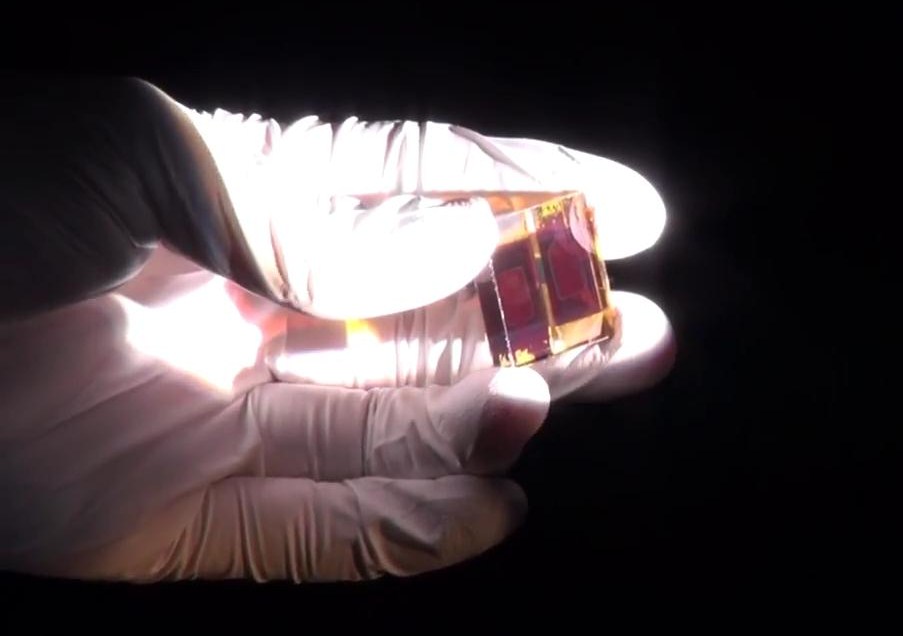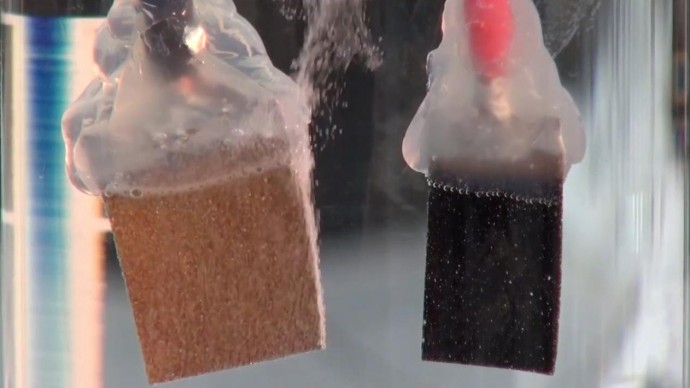Researchers Develop a Cheap and Efficient Way to Harness Solar Energy

Solar energy has the potential to power the civilizations of tomorrow. It is one of our best bets to save the species from the menace of fossil fuels and help us breath fresh air again. The race to perfect this energy source is getting fierce. A new technique could answer the question about solar energy that everyone asks; “what to do when there is no sunlight?”
A team of researchers led by Michael Grätzel at the Laboratory of Photonics and Interfaces at EPFL, Switzerland have figured out the elusive answer to the query. The team has created a solar cell that takes the energy from the sun and converts it into hydrogen that can be used to power fuel cells that light up the house when the sun doesn’t shine. The team has published the research in the journal Science.
The secret ingredient in the process is a new material called Perovskite. It was discovered in 2009 and is said to absorb light much more efficiently than silicon. The most astounding feature of this technique is the device’s ability to store 12.3 per cent of the sun’s energy in the form of hydrogen. In comparison, the accepted benchmark for efficient solar-hydrogen converters is 10%, so this technique is the most advanced yet. The device is also cheap to produce as most of its ingredients are available abundantly on the planet. Along with the Perovskite, the device uses nickel and iron as catalysts in its two ‘water-splitting’ electrodes.
Solar cells are judged for efficiency in four criteria’s. Firstly it should be efficient, which the device is, secondly it should use cheap materials for production. The third criteria is abundance of raw materials, that is also in the positive. The device only lags in the fourth criteria, reliability, which is a rather important aspect of the solar cells. Currently, the perovskite is not as efficient as silicon and degrades much faster than silicon. The researchers are trying to address the issue by adding a layer of carbon to the surface.
This seems like a great new advancement, and hopefully, it will have a chance to reach the market before being trashed by the powerful interests. Apart from making solar energy 24/7, it is a double-edged sword that can even power the economy of tomorrow.























